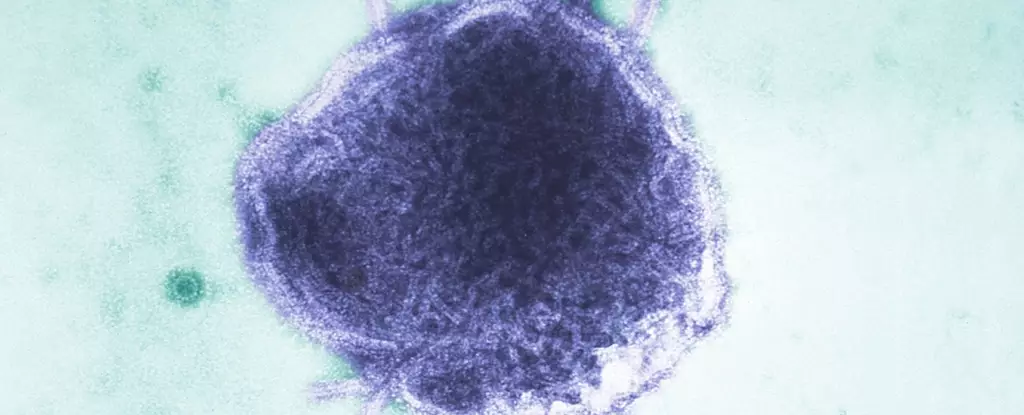The alarming uptick in measles cases around the world signals a pressing public health crisis. While measles was once a disease we thought we had conquered, recent statistics reveal that the virus is making a roaring comeback, particularly in North and South America, and regions of Europe. Significant increases in measles cases demand our attention. For example, during the early months of 2025, cases surged dramatically—an elevenfold increase was documented across all of America compared to the previous year, while Europe experienced its highest measles rates in over 25 years.
In the United States alone, By May 2025, there had been 935 reported cases of measles across 30 states, a staggering leap from the 285 cases identified in 2024. This resurgence follows years of relative control over the disease, which had been effectively eliminated in the U.S. prior to 2000. The question we must confront is: Why are we allowing measles, a highly contagious virus, to claw its way back into our communities?
Understanding the Mechanics of Measles Spread
Measles is notoriously contagious, spreading from person to person with an R0 value of 12 to 18—meaning that one infected person can potentially spread the virus to dozens of others. This alarming transmission rate makes measles more infectious than both the flu and COVID-19. Outbreaks of this magnitude are typically associated with communities exhibiting low vaccination rates. In the U.S., the most significant recent outbreak occurred in 2019, with 1,274 documented cases, primarily concentrated in New York and New Jersey due to pockets of unvaccinated individuals.
As we move into 2025, Texas has emerged as the epicenter of a raging epidemic within the United States. As of May 6, there were 702 confirmed cases in the state; tragically, these cases have led to hospitalizations and even loss of life. With measles outbreaks also reported in Canada—with over 1,000 cases—and in Mexico, the urgency for vaccination programs has never been greater.
The Historical Context of Measles Vaccination
The struggle against measles is by no means new. The disease became nationally reportable in the United States in 1912, with millions of cases and tens of thousands of deaths recorded annually before the introduction of the measles vaccine in 1963. Vaccination programs implemented following this introduction significantly reduced the prevalence of measles, leading to a declaration of eradication in 2000.
Fast forward to the present, it is clear that complacency surrounding vaccinations has begun to erode the progress made. Public health initiatives, such as the Vaccines for Children program, have had monumental success historically, yet trends show a troubling decline in vaccination rates, exacerbated during the COVID-19 pandemic when routine immunization services saw significant disruption.
The Imperative for Community Action
As the risk of measles returning to endemic status looms large, it is essential that we tackle the issue head-on. The data is sobering: a significant percentage of U.S. children—estimated at around 15 million—are becoming susceptible to measles due to missed vaccinations during the pandemic. If we continue down this path, predictions indicate we might witness not just spikes in case numbers but as many as 850,000 cases over the next quarter-century.
These forecasts are dire, but they are not immutable predicaments. Experts emphasize that increased community vaccination rates can reverse this trend. A relatively modest 5% increase in vaccination coverage could lead to a reduction in projected case numbers to only a few thousand over the next 25 years, highlighting the tangible benefits of proactive community health measures.
However, achieving such improvements will necessitate restoring public trust in vaccination programs and ensuring equitable access to vaccines. The message from health experts is clear: vaccination participation must become a norm, embraced even in the most hesitant communities.
The resurgence of measles is not just a reflection of past complacencies; it’s a clarion call for each of us to act. We can no longer ignore the importance of immunization. Our communities’ health hangs in the balance, and the time for action is now. Educating ourselves and advocating for vaccines might one day save lives and allow us to emerge from this public health crisis.

